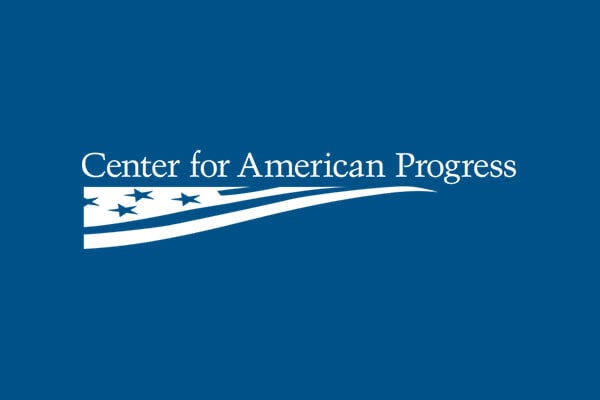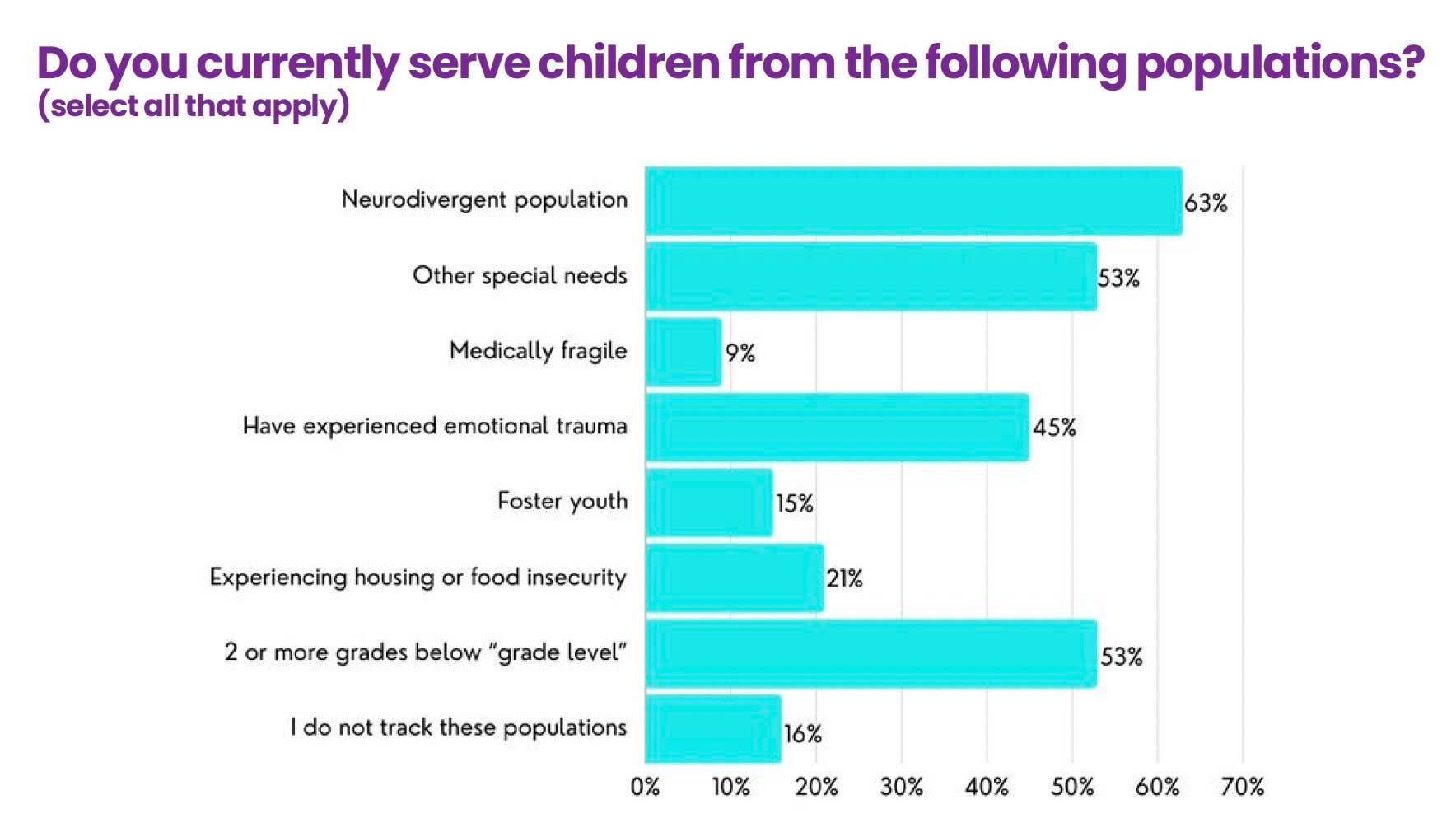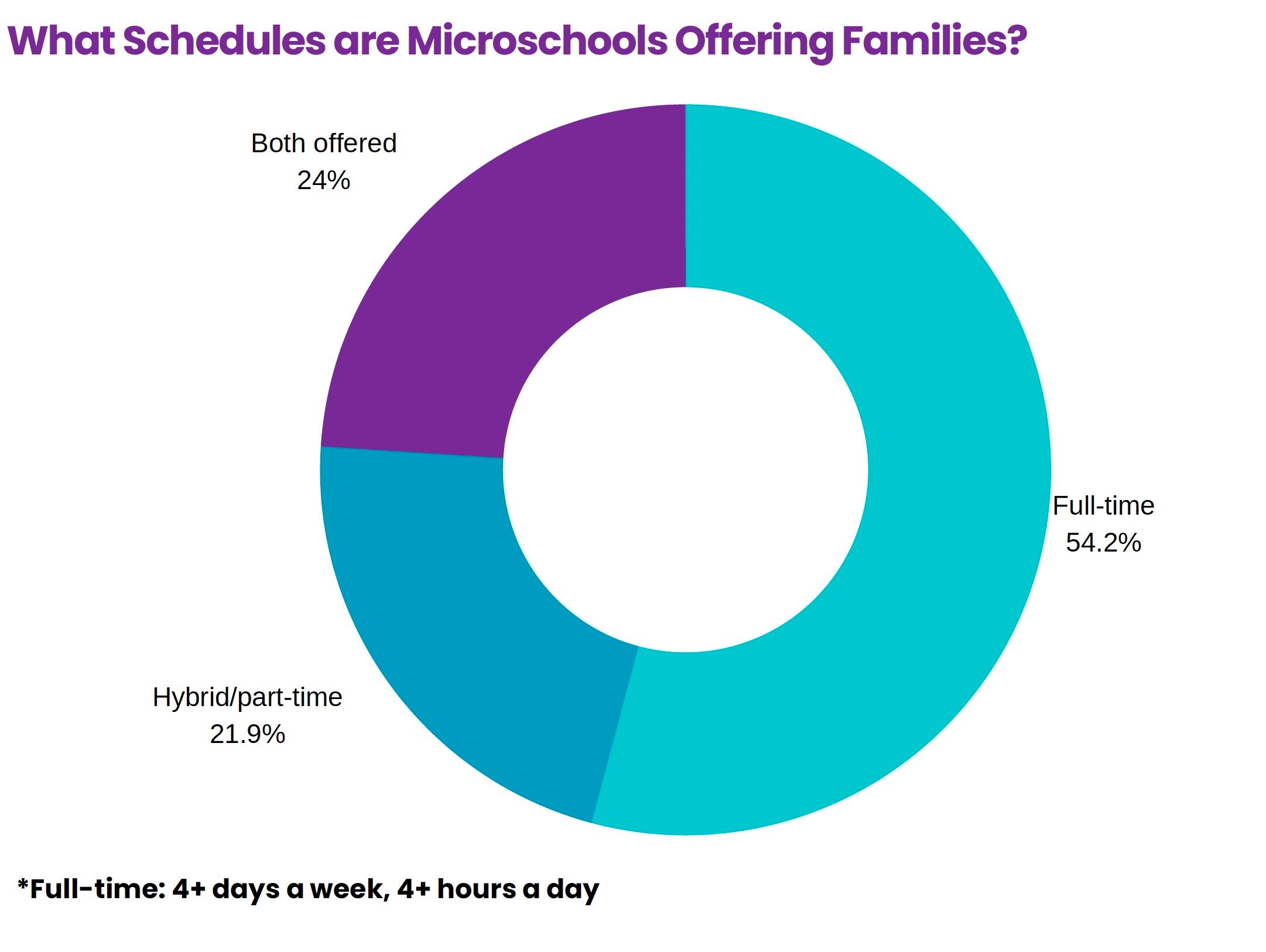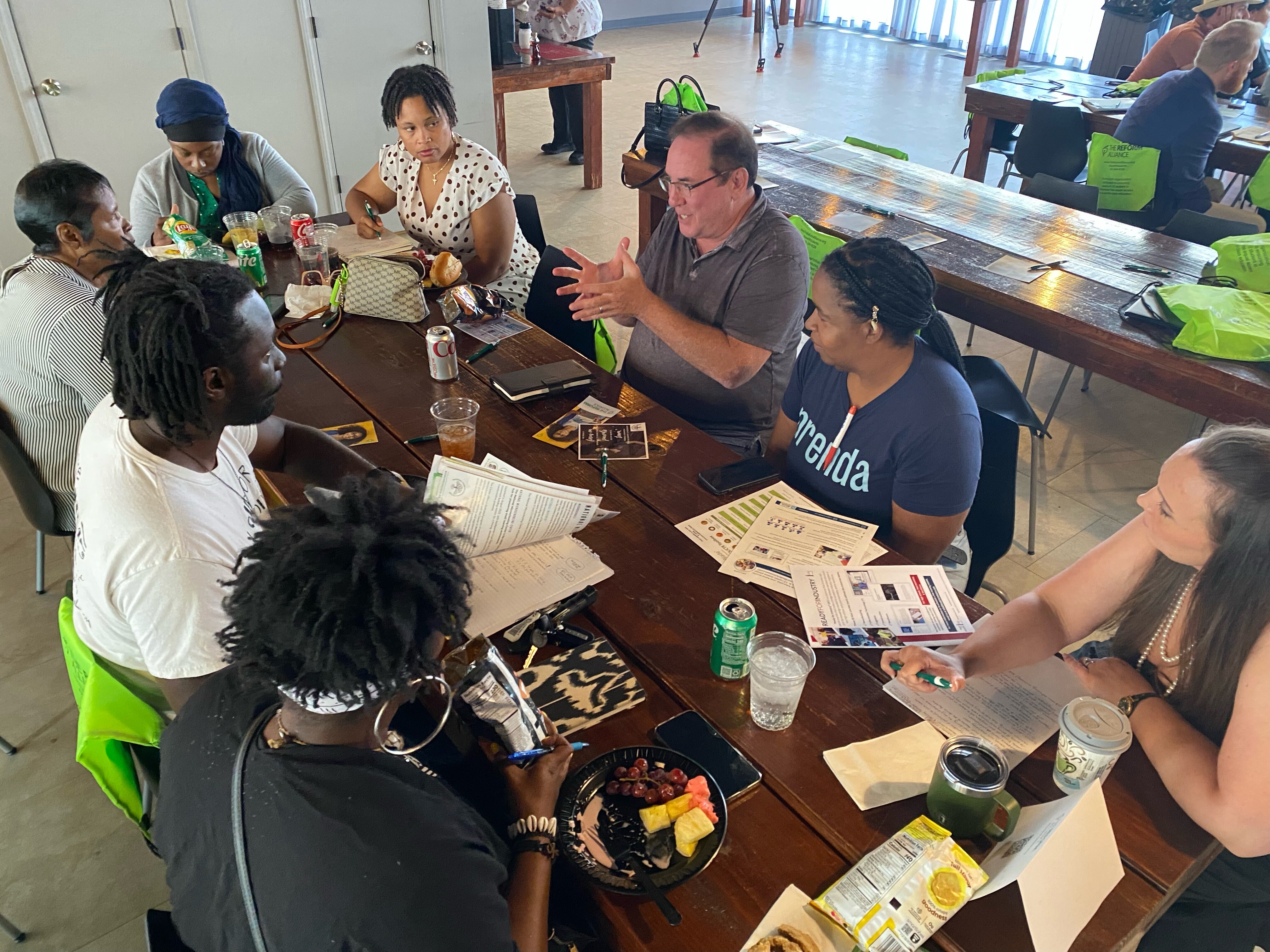The Many Special Populations Microschools Serve
Kids representing a broad range of special populations have a strong presence in today’s microschooling movement. Children with neurodiversities,...

The Center for American Progress last week published a paper, “The Importance of Holding Microschools Accountable,” recommending new federal regulation, including definitions, of microschools.
Unfortunately, the publication, authored by two of the think tank’s education analysts, demonstrates minimal effort to understand the growing sector for which it purports to recommend a new federal regulatory oversight regime. In fact, the main source document the authors rely upon to describe their understanding of microschools and their operations, is in fact selectively drawn from to include specific data points from a widely-cited publication by my organization, the National Microschooling Center’s 2024 American Microschools Sector Analysis.
As a result, the specific measures the CAP paper proposes in its policy recommendations would seem as misguided as they do misinformed, as the points which follow discuss.
Under what circumstances is it appropriate for the federal government to impose statutory definition to a highly diversified, growing sector still in its fast-innovating early adoption stage? Such a strategy is complicated further by the fact that microschools look very different across the country because this many-flowers-bloom movement grows within ecosystems in response to community education demand and the widely differing state frameworks of which the authors take note.
The federal Every Student Succeeds Act of 2015 included a definition of “blended learning,” as a specific and recommended allowable use for dedicated federal funding streams related to education technology and professional development. Congressional leadership engaged practitioners and experts on blended and personalized learning to form a consensus on broad, umbrella language to describe the essential elements in a blended learning program.
Microschooling, in contrast, is a movement of mostly nontraditional innovative small learning environments whose highly diversified educational models, small size and flexibility to personalize education around the particular needs of the children served are increasingly popular with families across the nation. It is a movement which seeks families, and appeals to educators, looking to thrive as they were unable to in their prior schooling experiences. And its teaching and learning models are, subsequently, constantly evolving and iterating in keeping with leaders' commitment to continuous improvement.
Microschools are, in fact, highly regulated in accordance with multiple oversight regimes. Depending on the requirements of their state and local frameworks, microschools can find themselves subject to responsibilities to education, zoning and land use, business licensing, fire safety, food handling and childcare oversight.
Florida microschools, for example are commonly required to purchase expensive sprinkler systems. Mississippi microschools are often required to attain accreditation by a limited choice of traditional school accreditation providers. In Michigan, nonreligious microschools cannot receive state approval to operate until they have $50,000 in their bank account.
Most of today's microschools operate in states where they are not eligible to access taxpayer dollars through school choice programs but still must adhere to these requirements.
“Microschools should also be required to adhere to local health and safety regulations, including zoning and land-use regulations, as well as building codes,” the authors assert, as if this were some pronouncement of different circumstances than already found regularly across the microschooling sector. Requirements microschools operating around the country must meet simply to operate as tuition-funded nonpublic options for families, without access to any public funds, force today’s microschool founders to understand complex and often arbitrary state frameworks designed with large, traditional schools in mind. Adding new layers of federal regulation on top of these would exacerbate the challenges these microschool leaders already face in providing the innovative small learning environments families are seeking for their children.
In states currently operating school choice programs, state requirements for participation in these programs are often prohibitively time-consuming and carry steep direct and indirect costs. Iowa’s ESA program, Ohio’s EdChoice Scholarship and others are open only to accredited private schools, and the choices of approved accreditors do not include microschool-accessible models as they were designed with larger, more traditional schools of choice in mind. Different state school choice programs carry different requirements to allow microschool participatiom, on top of other state framework requirements.
Most microschools (more than 60 percent) are founded by experienced educators who have held professional licenses in their state. These are often not maintained as few states offer the continuing education offerings pertinent to the skills and practices necessary to operating a successful microschool. Other thriving microschools are led by noneducators, often military veterans and private-sector professionals who in turn hire educators to lead teaching and learning programs.
Because microschools are not subject to rigid textbook adoption contracts and processes necessary in public school districts, they maintain flexibilities to adapt and modify curricular components around the evolving needs of particular children they serve. The resulting curricula and teaching and learning models can be more responsive to these changing needs, a flexibility which makes microschooling popular among families whose children encountered struggles to thrive under less flexible structures.
Struggles of families whose children have special needs to receive the services and supports to which they are entitled under federal law are well documented in public schools around the country. The federal Individuals with Disabilities Education Act prescribes compliance-driven processes, which can often place families into confrontational and even litigious interactions with school districts to seek services as part of their child’s Individualized Education Plans.
Many choose microschools for their children instead, knowing that that these same resources are not permitted to follow their child under government rules, and microschools are often quite popular with families whose children have neurodiversities, dyslexia or other special needs. But because these microschools are ineligible to receive funding under these federal and state programs, the requirements involved with administering these resources cannot apply.
The authors of the CAP report, however, suggest that microschools’ “Prohibitive costs and minimal regulation present significant challenges for families and students.” In fact, the authors’ referenced source for these “prohibitive costs” provides no information or description to substantiate this characterization.
The authors further describe, “underrepresentation of low-income families” in microschools without any support for this assertion. In fact, while the authors go on to cite my organization’s research indicating that 12 percent of microschool founders report serving children from households with household income above the average for their area, they conveniently omit the finding from the same source that 40 percent serve children from households with income below their area.
In conclusion, the Center for American Progress report, “The Importance of Holding Microschools Accountable,” presents a misleading understanding of the realities of today’s microschooling movement, supported by the authors’ selective use of certain data points intended to support their assertions calling for new federal definitions and regulatory oversight. The National Microschooling Center is happy to work with policy leaders and others seeking to better understanding today’s microschooling movement, and to modernize state operating and regulatory frameworks to allow them to serve the growing number of families seeking microschool solutions to their children’s educational needs.

Kids representing a broad range of special populations have a strong presence in today’s microschooling movement. Children with neurodiversities,...

The profound diversity of America's microschooling sector is found across many aspects and dimensions of the work they do to support their learners...

Educational freedom continues to make major gains around the United States. Yet families, even those in many of the states where school choice...